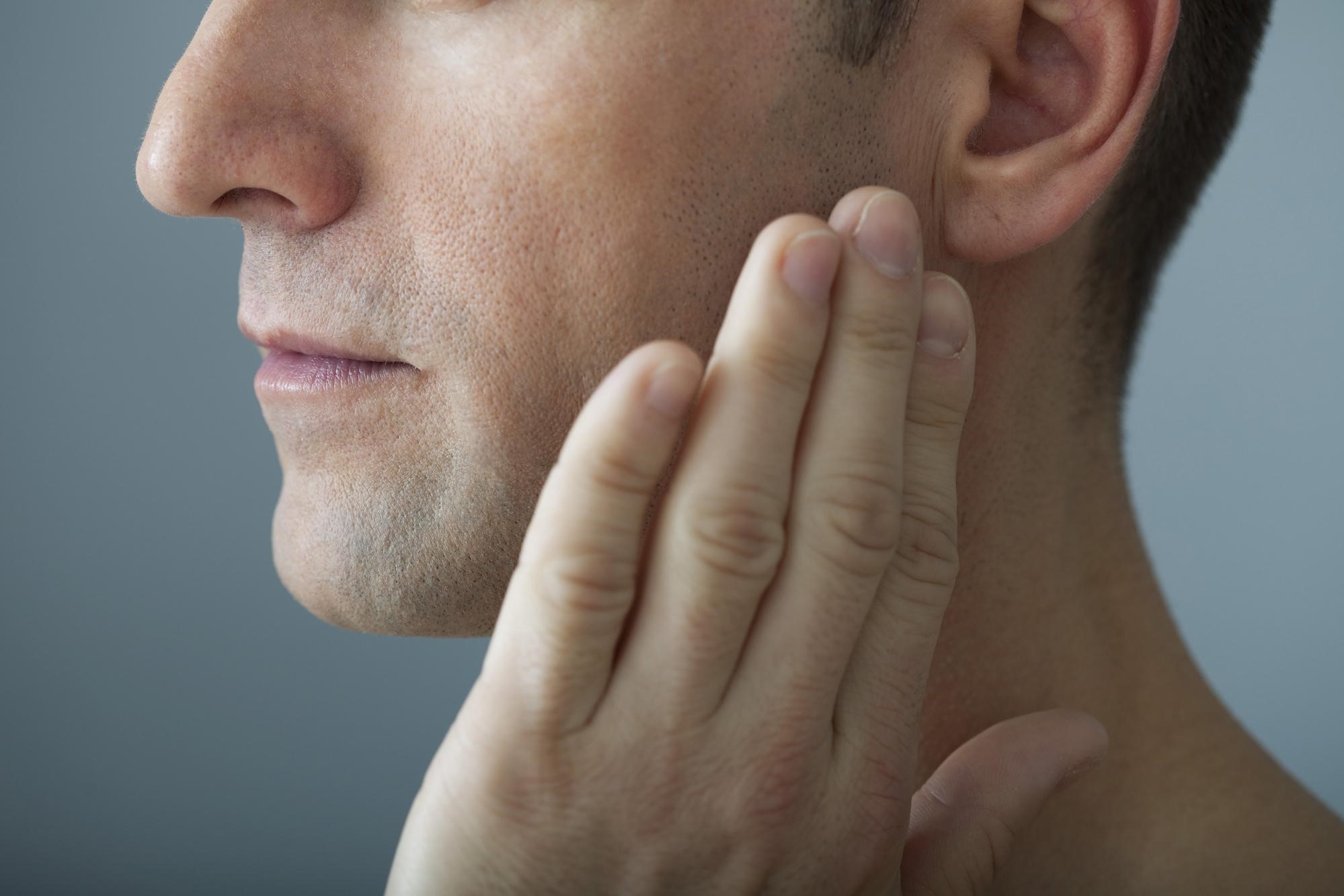An underbite or a malocclusion is a misalignment of the upper and the lower teeth. This condition can range from mild to severe, and it can present an array of issues, From physical to emotional, and so on.
Luckily, it’s a treatable condition, and there are many different ways to fix it. You can click here if you’d like to learn more about orthodontic treatments that can give you that beautiful smile. But before we discuss correction methods, let’s talk about the causes of an underbite.
Genetics
Like with many conditions, genetics also play a part in determining whether you’ll have an underbite or not. In fact, the most common cause of an underbite is genetics. Genetics largely determine the size and shape of your jaw, as well as the looks of your teeth. And while a genetic underbite can’t be prevented, it can still be treated.
Injuries
Facial injuries can also influence changes in your jaws and even cause permanent damage to them. Surgical intervention can fix the broken jaw bones. However, determining how the teeth will align after the surgery can be a gamble. Suffice to say that it can sometimes result in an underbite.
Tumors
Though it’s rare for jawbone tumors to affect developments in the jaw, it can sometimes happen. This can, in turn, result in an underbite.
Habits
Certain childhood habits, such as thumb sucking, tongue pushing, prolonged pacifier use, and long-term bottle feeding, also increase the risk of underbites.
Common Issues
Underbites aren’t all created equal, and there are various levels of severity when it comes to this condition. Some can’t even be noticed from the outside, while some can cause the jaw to protrude visibly. So, depending on their severity, underbites can cause different problems. Some of the more common issues are:
- Speech problems, such as slurring and lisping
- Difficulties when eating
- Mouth breathing
- Sleep apnea
- Chronic jaw pain (Temporomandibular Joint Disorder)
- Headaches and earaches
- Dizziness
- Tooth decay
- Bacterial infections
- Facial pain
- Worn out and cracked teeth
- Emotional stress, self-esteem, and self-image problems
How Do You Correct an Underbite?
The good thing is that quite a few methods can fix underbites. The method of choice usually depends on the patient’s age and the intensity of their underbite. Sometimes, more than one method can be used if the underbite is more severe.
Dental Braces
Teeth braces are the go-to correction method for fixing underbites, especially in young adults and children. You’ll probably need to wear them for a few years, but braces are generally the most effective and inexpensive method.
If you opt for braces, there are some things you need to know. For one, in order for the braces to work, you’ll have to get them tightened from time to time for alignment purposes. For certain types of underbites, a combination of elastic and braces can be used. The elastics help with pushing the top teeth forward while pulling the bottom teeth backward. In some cases, certain teeth need to be removed to help maximize the effectiveness of the braces.
Also, don’t worry if you don’t want metal braces — clear aligners and hidden braces are also an option. And, after taking your braces off, you’ll need to wear a retainer for 4–12 months, depending on what your dentist advises.
Upper Jaw Expander
Another way to fix an underbite is by wearing an upper jaw expander. This method is usually recommended to patients whose upper jaw isn’t wide enough. The wireframe will be fitted across the roof of your mouth. And, every night before bed, you’ll need to widen the jaw expander a small amount. Which you’ll be able to do with a special key.
The goal of this process is to widen your upper jaw so that the upper teeth match your lower ones. You’ll need to wear this device for a few months, by which time your upper jaw will be expanded to the correct size. After that, the device will be left in your mouth for 4–6 months so that everything properly settles into the correction position.
Reverse-Pull Headgear
This method is only used for children below 10, and it’s an effective option if worn frequently. It’s essentially a wire mask, similar to other types of orthodontic headgear. It goes around the wearer’s head and fixates the upper jaw into its correct position by employing metal bands secured to the upper teeth, And the headgear is held in place by a chin cup.
Tooth Extraction
In milder underbite cases, tooth extraction can be a viable option. Some patients have too many teeth in their lower jaw, which can lead to them protruding. By extracting the selected teeth, the underbite will be corrected.
Cosmetic Dentistry
Milder cases of misalignment can be corrected with cosmetic dentistry. It’s usually done by reshaping the teeth in the lower jaw and putting veneers on the upper teeth. This procedure doesn’t entirely correct the underbite. However, it improves the aesthetics and the functionality to a degree.
Surgery
Surgery is usually recommended for adults with severe underbites. For example, if your underbite is caused by your jaw sticking out more than it should. In which cases, there are two different types of surgeries orthodontics specialists recommend.
- Orthognathic Jaw Surgery – This surgery helps align the jaws and teeth and enhance their functions. It also improves the aesthetic aspects. It’s usually the option for people whose problems can’t be corrected with only an orthodontic approach. So, your orthodontist will refer you to a maxillofacial surgeon. Jaw surgery is done under anesthesia, and post-surgery pain can be managed with painkillers.
- Le Fort III Osteotomy – This procedure involves moving the patient’s entire face. It’s reserved for patients with serious dentofacial deformities. And, it’s one of the most common methods used to correct such deformities. It’s highly effective and improves both the function and aesthetic aspects.


 Home
Home










